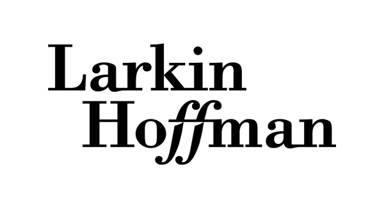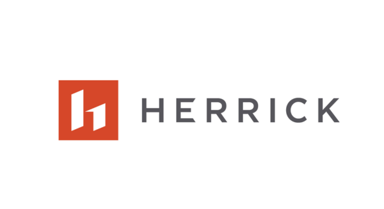How DLA Piper has saved cost and boosted efficiency by centralising document services in Leeds, using BigHand for process and workflow.
One single location supporting global needs
Global growth needs structure and centralisation. And to reduce costs and increase capability, DLA Piper has forged ahead with a more corporate, process-led way of working, moving certain work to regional hubs. But to do that they first needed a solid, dedicated platform to base that on – which is where BigHand came in.
Jason Plant, head of applications technology at DLA Piper says that DLA Piper already had experience of running centralised services from Leeds through its IT department, and it saw an opportunity to move the firm’s document services function to a single location.
There is a cost savings element to this, creating one centralised document services unit outside London, but it also gives us scope and flexibility globally: we can run the office for longer hours across the firm, and provide service to parts of business where support wasn’t an option – where perhaps fee earners would otherwise be doing it. It’s bringing about a stronger operating model and real process efficiencies.
BigHand’s solution
By enabling document flow between DLA offices, BigHand has been the fundamental technology behind that change. BigHand has a very good understanding of what we are trying to do with business process – they’re not just about dictation,” says Plant. “Over and above dictation, BigHand is a workflow engine on which to build DLA’s business processes, helping us deliver more efficiency and competitiveness.”
The kind of work being done by BigHand for DLA is moving away from dictation and towards “the workflow of documents – more mending and marking up using existing documents”, says Plant. “It’s that kind of activity that will be more integral to processes.”
The way this works in practice is that a fee-earner quickly scans a document directly using any multi-function device at their home site, after which it’s allocated to BigHand and the job status thereafter is transparent and trackable. The job is instantly transferred to the document services team leaders in Leeds, who monitor the work in a document review console within BigHand.
Added benefits and cost savings help DLA grow as a firm
A big benefit of the Leeds document services centralisation is the ability for practice groups to share a pool of secretaries more easily, says Plant. “Workload is balanced, it’s allocated automatically, peaks and troughs are eased and you get more work out of the pool.” Streamlining the document services process is, says Plant, “all tied into wanting to serve our clients faster and better”.
Financially, the investment decision was a no-brainer – Plant found implementation would cost little more than a new analogue solution. “This made BigHand effectively cost-neutral, with significant additional workflow benefits.” Switch-over was quick, as there were no major changes to infrastructure – which meant “a big bang in each office”, says Plant, “but no huge training task, as it uses technology people are already happy with”, making another plus sign in the cost savings column.
There have been remarkably few pockets of resistance to the changes. The human side is challenging when it comes to centralisation, says Plant, but that’s the same with all firms at the moment. “There was an initial whiff of ‘it used to be easier’, but that has very quickly died off. It is already seen as the new way of doing things. The process is working, which makes fee earners happy.”
But the move is essential, and it’s keeping DLA’s nose in front of the pack. “We are starting to see other firms look at centralising document service units and other back office functions, so we are slightly ahead,” says Plant. “Our existing regional office network made it easier for us, leveraging our set-up as a firm.”
His advice for firms embarking on such a project makes a lot of sense: don’t be frightened by the technology side of things.
The shift from analogue to digital can be worrying because of the extra layer, but BigHand is simple – in a good way. It’s straightforward to implement and fairly intuitive for users. Once you’ve used the workflow, it seems like common sense – how you would want to work as a firm.
The project will continue throughout most of 2013, gaining momentum to deliver more strategic benefits for the future, says Plant. “The senior team already feel they are getting the cost reductions and efficiencies they wanted, and I see longer term gains as we use it more, especially outside the UK.”





